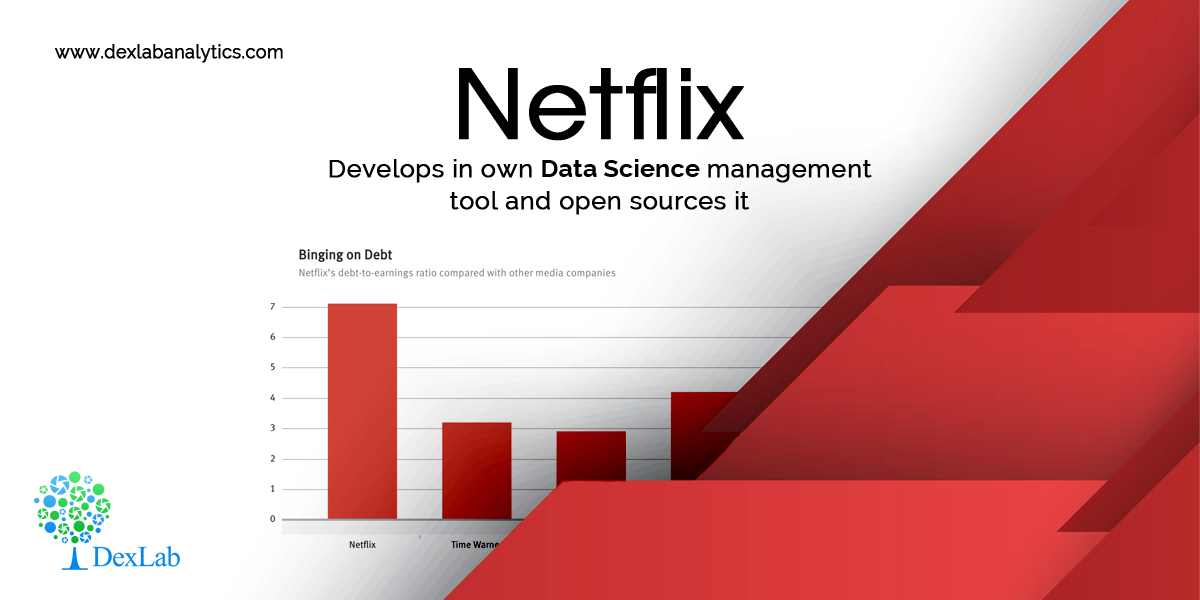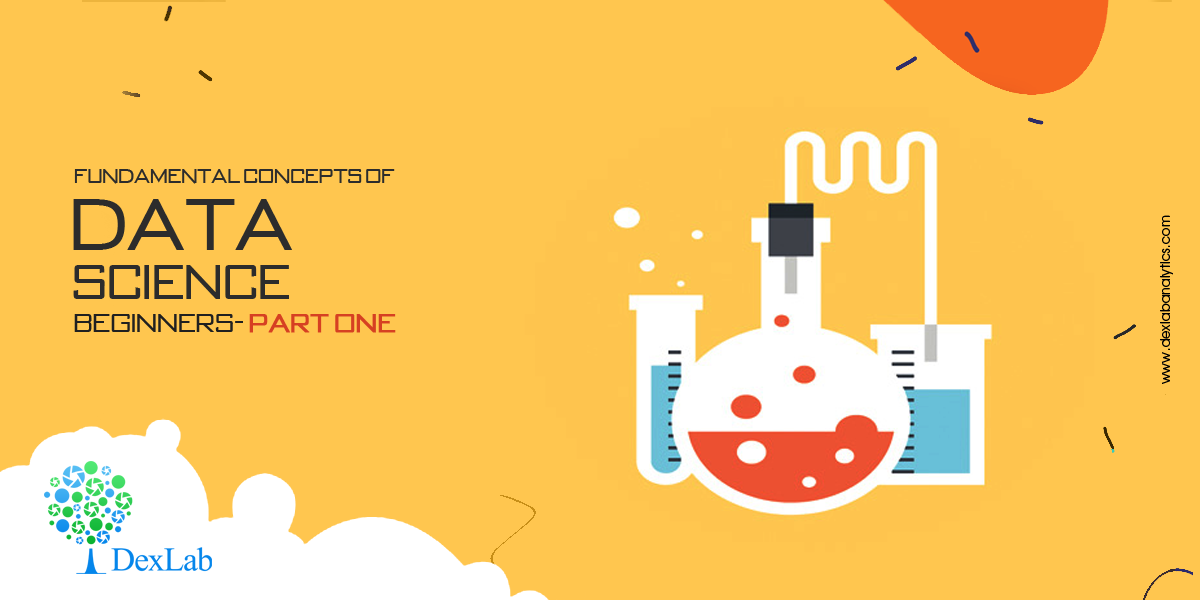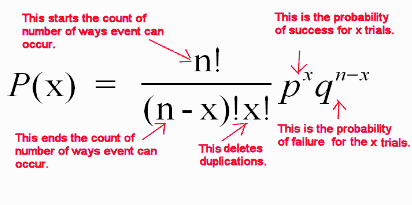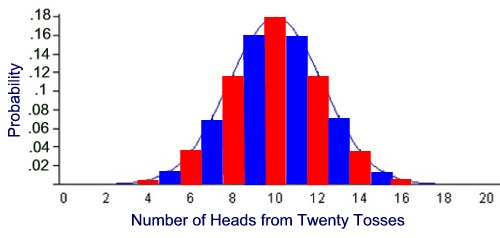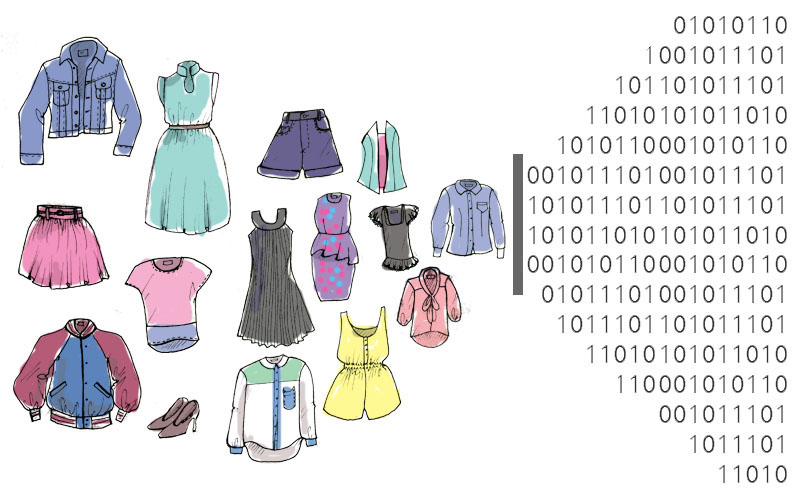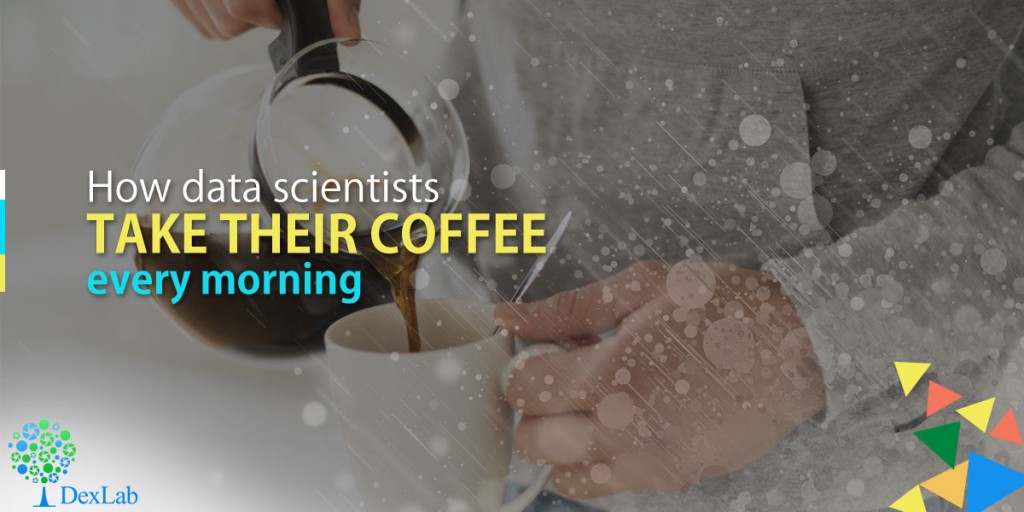Netflix in December last year introduced its own python framework called Metaflow. It was developed to apply to data science with a vision to make scalability a seamless proposition. Metaflow’s biggest strength is that it makes running the pipeline (constructed as a series of steps in a graph) easily movable from a stationary machine to cloud platforms (currently only the Amazon Web Services (AWS)).
What does Metaflow really do? Well, it primarily “provides a layer of abstraction” on computing resources. What it translates to is the fact that a programmer can concentrate on writing/working code while Metaflow will handle the aspect which ensures the code runs on machines.
Metaflow manages and oversees Python data science projects addressing the entire data science workflow (from prototype to model deployment), works with various machine learning libraries and amalgamates with AWS.
Machine learning and data science projects require systems to follow and track the trajectory and development of the code, data, and models. Doing this task manually is prone to mistakes and errors. Moreover, source code management tools like Git are not at all well-suited to doing these tasks.
Metaflow provides Python Application Programming Interfaces (APIs) to the entire stack of technologies in a data science workflow, from access to the data, versioning, model training, scheduling, and model deployment, says a report.
Netflix built Metaflow to provide its own data scientists and developers with “a unified API to the infrastructure stack that is required to execute data science projects, from prototype to production,” and to “focus on the widest variety of ML use cases, many of which are small or medium-sized, which many companies face on a day to day basis”, Metaflow’s introductory documentation says.
Metaflow is not biased. It does not favor any one machine learning framework or data science library over another. The video-streaming giant deploys machine learning across all aspects of its business, from screenplay analysis, to optimizing production schedules and pricing. It is bent on using Python to the best limits the programming language can stretch. For the best Data Science Courses in Gurgaon or Python training institute in Delhi, you can check out the Dexlab Analytics courses online.
Interested in a career in Data Analyst?
To learn more about Data Analyst with Advanced excel course – Enrol Now.
To learn more about Data Analyst with R Course – Enrol Now.
To learn more about Big Data Course – Enrol Now.To learn more about Machine Learning Using Python and Spark – Enrol Now.
To learn more about Data Analyst with SAS Course – Enrol Now.
To learn more about Data Analyst with Apache Spark Course – Enrol Now.
To learn more about Data Analyst with Market Risk Analytics and Modelling Course – Enrol Now.
